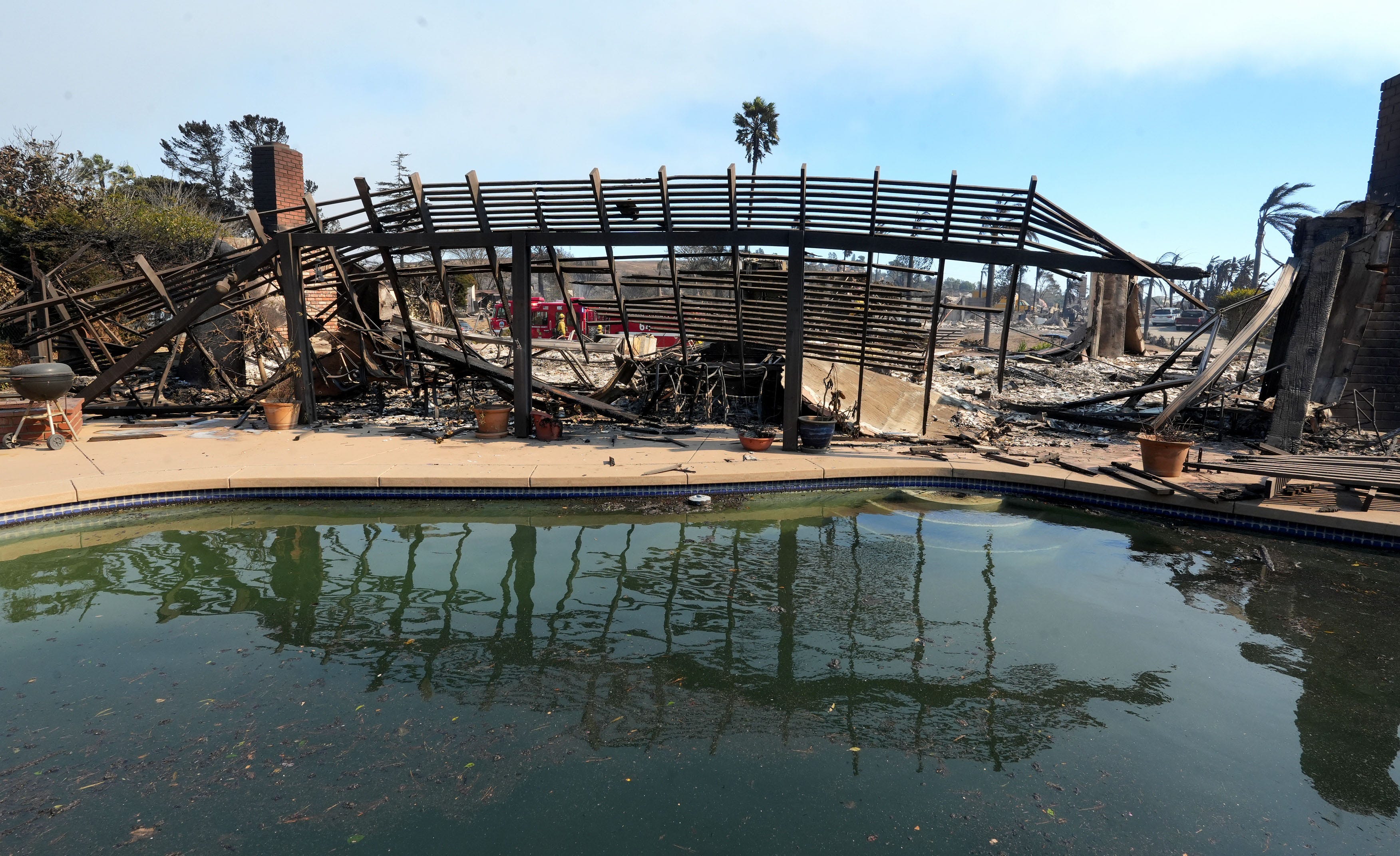The Los Angeles City Council moved forward Tuesday with efforts to cut down on the potential health impacts for residents of freeway-adjacent developments.
On a 10-0 vote, the council directed city staff to take a number of actions, which include developing proposed new guidelines -- aimed at protecting public health -- for schools, daycare facilities and senior care centers within 1,000 feet of a freeway, and drafting an ordinance that would establish electric vehicle requirements for new developments that exceed current state standards.
Councilman Jose Huizar, who introduced a motion last year that called for the changes, cited a Los Angeles Times report which found more than 1.2 million people already live in high-pollution zones within 500 feet of a Southern California freeway. The California Air Resources Board, in its 2005 Air Quality and Land Use Handbook, recommended against "new sensitive land uses within 500 feet" of a freeway and certain high-traffic roadways, the motion states.
"This has been a long time coming, and I think this strikes a balance between the needs for development and protecting property rights while at the same time addressing the issues of public health, clean air and sustainability,'' Huizar said at a meeting of the Planning and Land Use Management Committee on July 31 before that panel approved the actions.
The potential new guidelines would update the city's Freeway Adjacent Advisory Notice for Sensitive Uses, which notifies developers of projects within 1,000 feet of a freeway of negative health impacts that are a concern to the city and recommends efforts be made to mitigate air quality impacts through design features or other internal measures.
The new guidelines would advise schools, daycare facilities and senior care centers within 1,000 feet of a freeway to locate occupied open space areas such as play areas, courtyards, patios and balconies as far from the freeway sources as possible when the size of the site permits; to prioritize the location of non-habitable uses, such as parking structures and building areas not calculated in floor area, nearest the freeway; and to screen the project site with substantial vegetation and/or a wall barrier.
A 2016 action by the City Council requires that new mechanically ventilated buildings within 1,000 feet of a freeway implement the use of air filters with a minimum efficiency reporting value, or MERV, of 13. The filters need to be regularly changed in order to be effective, and the council's latest vote directs the Department of City Planning to work with the Housing and Community Investment Department to leverage field inspections to inform and educate residential building managers and property owners of the importance of regularly replacing the existing MERV filers.
News
Top news of the day
Huizar's motion says the city "should consider strategies to reduce automobile and truck pollution, which is the root source of freeway pollution, including shifting to electric vehicles and transitioning away from diesel fuel in heavy-duty vehicle uses.'' The ordinance the council directed staff to draft would create EV charging requirements for new developments that exceed current state standards, including setting aside a certain number stalls that would be readily adaptable for future EV use.



